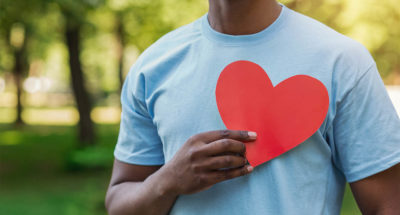
It's Up to Us to Stick Our Necks Out
Students “hear the story,” “tell the story,” and “be the story,” becoming inspired by everyday heroes, then choose, organize, and carry out a service project to address a problem they care about.

Students “hear the story,” “tell the story,” and “be the story,” becoming inspired by everyday heroes, then choose, organize, and carry out a service project to address a problem they care about.
Students will:
Giraffe Heroes Project honors compassionate risk-takers who are largely unknown, people who have the courage to stick their necks out for the common good, in the U.S. and around the world. When we tell their stories over social media, in our talks, and in our books, others are moved to stick their necks out too, helping solve significant public problems important to them. As long as there are Giraffe Heroes, there’s hope.
Telling the series of heroes may be the oldest strategy in the world for motivating people into brave, compassionate action—and it works. See www.giraffe.org for books, blogs, curricula, speeches and trainings that can help your school succeed in inspiring students to courageous and compassionate action. Two full curricula, on for K-2, one for young teens, can be downloaded here. Both were created by the Giraffe Heroes Project.
Research has found that community service, especially when it is long-term, incorporates student autonomy and serves a humanitarian cause, can make students more prosocial (kind and helpful).
Helping others in need is a major part of life and something that students can learn to do early on. Indeed, designing and engaging in service-learning projects shows students that they can–and should–work to make the world a better place.
Service-learning can also be a powerful tool to help students understand how local and global issues connect, while giving them a chance to “act globally” through local community involvement.

Are you ready to build a kinder, happier school where everyone belongs? Join Greater Good Educators! Explore the science of well-being in a supportive community of educators from around the world. Registration is now open for the 2025-2026 school year!
Comments